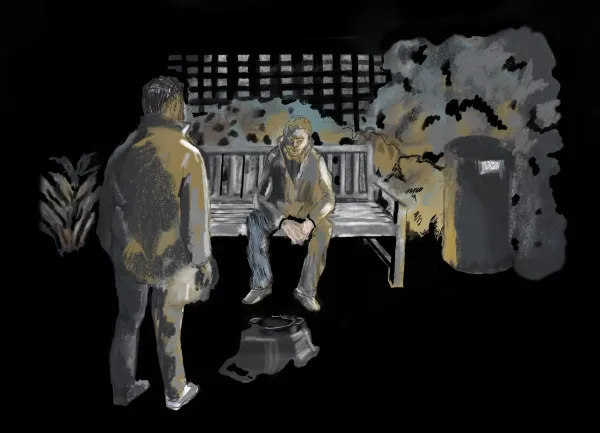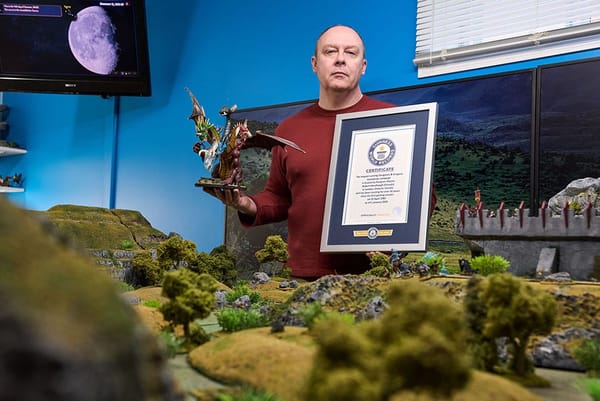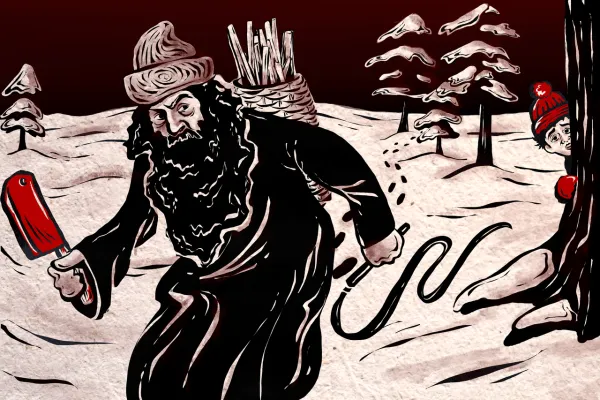Saddam Hussein had a Koran made using 27 liters of his own blood
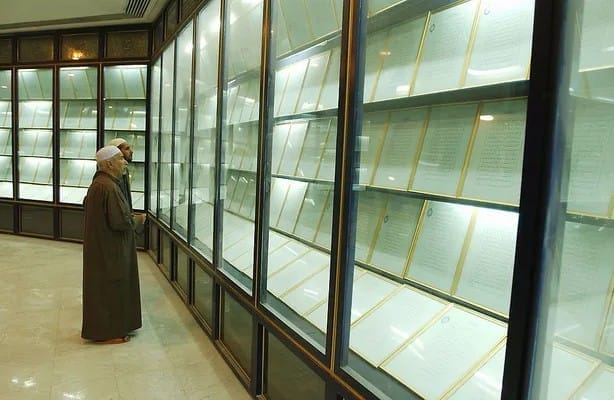
From Atlas Obscura: "A locked vault in a Baghdad mosque contains a Quran written in lovely, sweeping Arabic calligraphy which, if not for its ink, could be displayed in a museum. But this holy book was written in blood — Saddam Hussein's blood, to be precise. Following an assassination attempt on the life of his son, Uday, the former dictator became a devout Muslim. Ironically though, with infinite resources it's difficult to demonstrate your piety. In an attempted display of devotion, Saddam had roughly 27 liters of his blood drawn and given to a calligrapher over a period of two years. Over the course of two years the artist, Abbas Shakir Joudi al-Baghdadi, wrote some 600 pages of the Quran using the Iraqi president's blood as ink."
Japan has a number of "tsunami stones" to warn future generations of danger

From Wikipedia: "Tsunami stones are placed all around the coasts of Japan. Some simply provide a warning, while others list death tolls, are placed near mass graves or say where homes should be built. They have a flat face and some are as high as 3.0 metres (10 ft) tall. Some are over 600 years old and some have aged so much that the characters written on them have disappeared. Most were placed in about 1896 after an earthquake and two tsunamis that year caused about 22,000 deaths.[3] The tsunami stone in Aneyoshi says: "High dwellings are the peace and harmony of our descendants. ... Remember the calamity of the great tsunamis. Do not build any homes below this point."
Henry Ford tried to build a utopian city in the Amazon

From The Guardian: "In 1928, northern Brazil was captivated by an enticing bit of news. The region’s residents were about to receive a new visitor – Henry Ford. Officially, Ford’s interest in Brazil was a business venture: the monopoly on Sri Lankan rubber maintained by Britain was driving up costs for his new Model A cars, so he wanted to find a cheap source of latex to cut costs. But Ford’s vision ran much deeper. His goal was not simply to ship latex back to the company’s Dearborn HQ – it was to build his vision of the ideal city. A city that would fuse the same concepts that Ford had championed throughout his career, and bring a better future to a forgotten part of the planet. And that city would bear his name: Fordlandia."
Hi everyone! Mathew Ingram here. I am able to continue writing this newsletter in part because of your financial help and support, which you can do either through my Patreon or by upgrading your subscription to a monthly contribution. I enjoy gathering all of these links and sharing them with you, but it does take time, and your support makes it possible for me to do that. I also write a weekly newsletter of technology analysis called The Torment Nexus.
People who have schizophrenia rarely have epilepsy and vice versa

From Edumed: "Ladislas Joseph von Meduna was born to a well-to-do family in Budapest, Hungary, in 1896. He was interested in pursuing medical research in neurology, and soon got an appointment to the Hungarian Interacademic Institute for Brain Research, also in Budapest. In 1927 he moved to the Psychiatric Institute and began clinical and research work in psychopathology. Meduna's interest in treating schizophrenia with somatic therapies began with his work on the apparent antagonism between this disease and epilepsy. He found that 16,5% of epileptic patients who developed psychotic symptoms had a remission of epilepsy. The reverse association also seemed true: of more than 6,000 patients with schizophrenia, only 20 had had epilepsy. There were anecdotal reports of cures of schizophrenia in patients who developed epileptic seizures."
She was able to envision objects in four dimensions
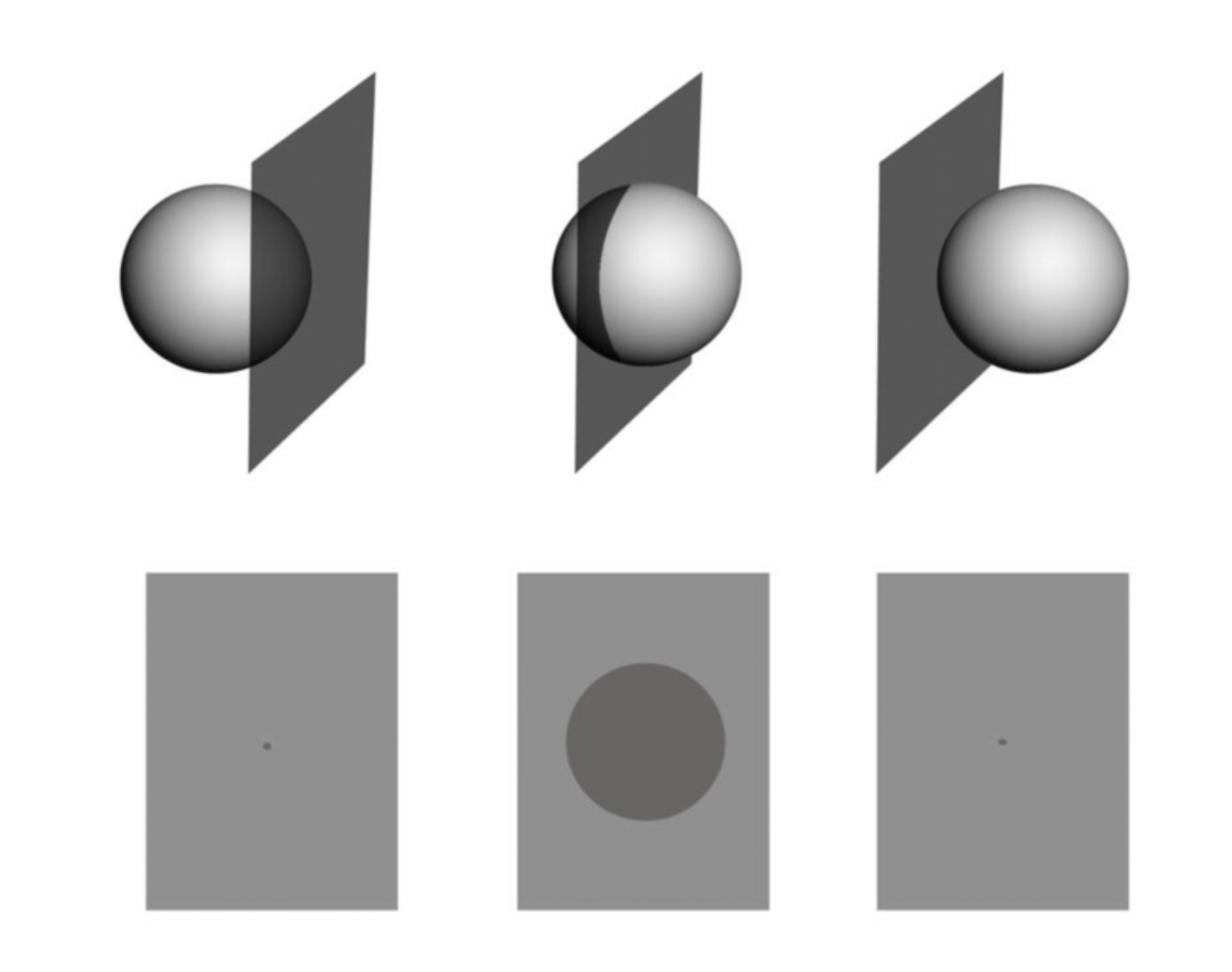
From Weird Universe: "Alicia Boole Stott was the daughter of a famous mathematician, and she inherited his skills. Her speciality was envisioning four-dimensional objects and how they would look as they passed through our three-dimensional world. Readers might be familiar with the concept of a sphere passing through a plane, famously illustrated in the book Flatland. If one can imagine an object with four dimensions, it would manifest as a three-dimensional object of changing shape as it passed through our plane."
Mantis shrimp have five times as many photoreceptors as humans do
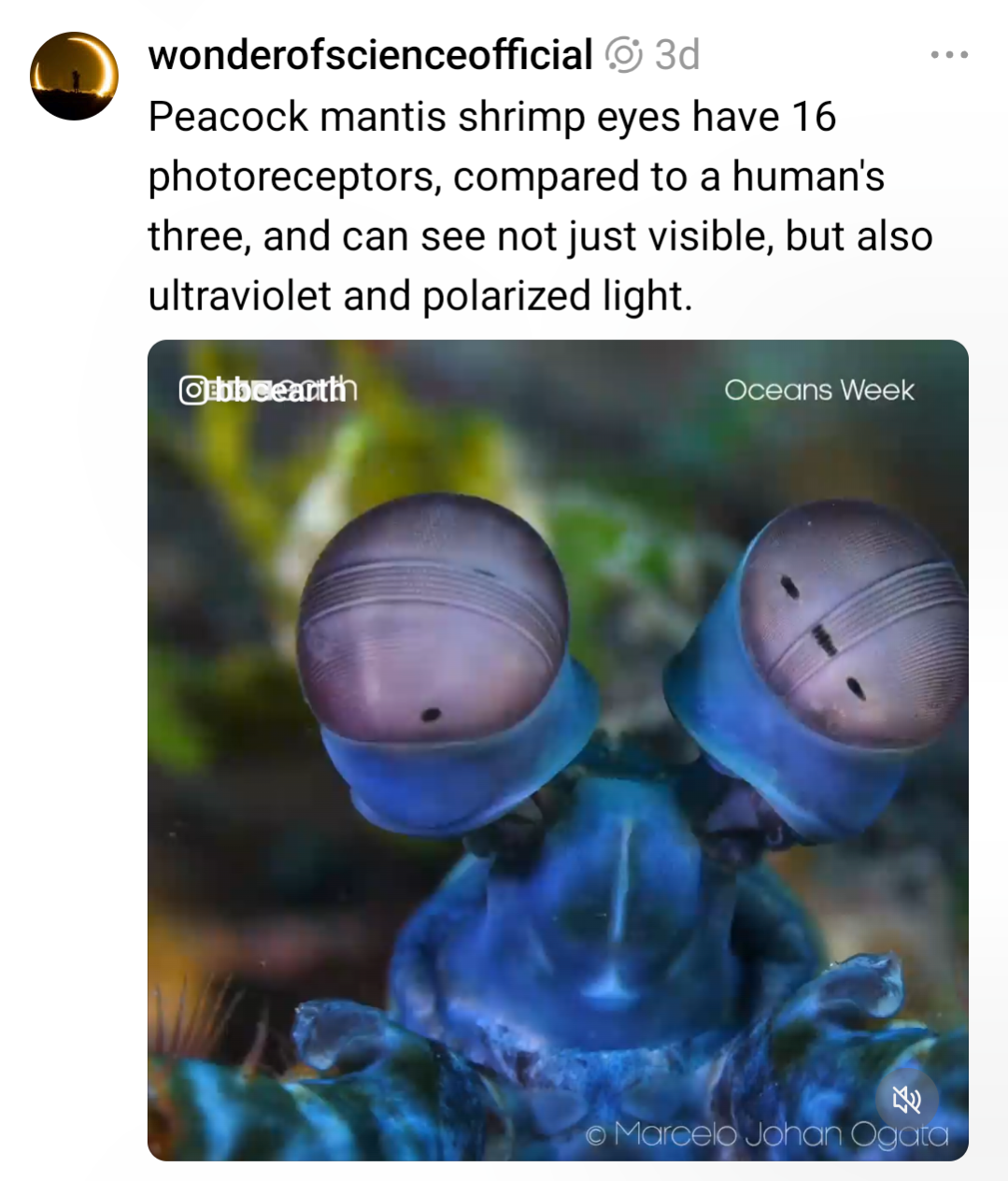
Acknowledgements: I find a lot of these links myself, but I also get some from other newsletters that I rely on as "serendipity engines," such as The Morning News from Rosecrans Baldwin and Andrew Womack, Jodi Ettenberg's Curious About Everything, Dan Lewis's Now I Know, Robert Cottrell and Caroline Crampton's The Browser, Clive Thompson's Linkfest, Noah Brier and Colin Nagy's Why Is This Interesting, Maria Popova's The Marginalian, Sheehan Quirke AKA The Cultural Tutor, the Smithsonian magazine, and JSTOR Daily. If you come across something interesting that you think should be included here, please feel free to email me at mathew @ mathewingram dot com
